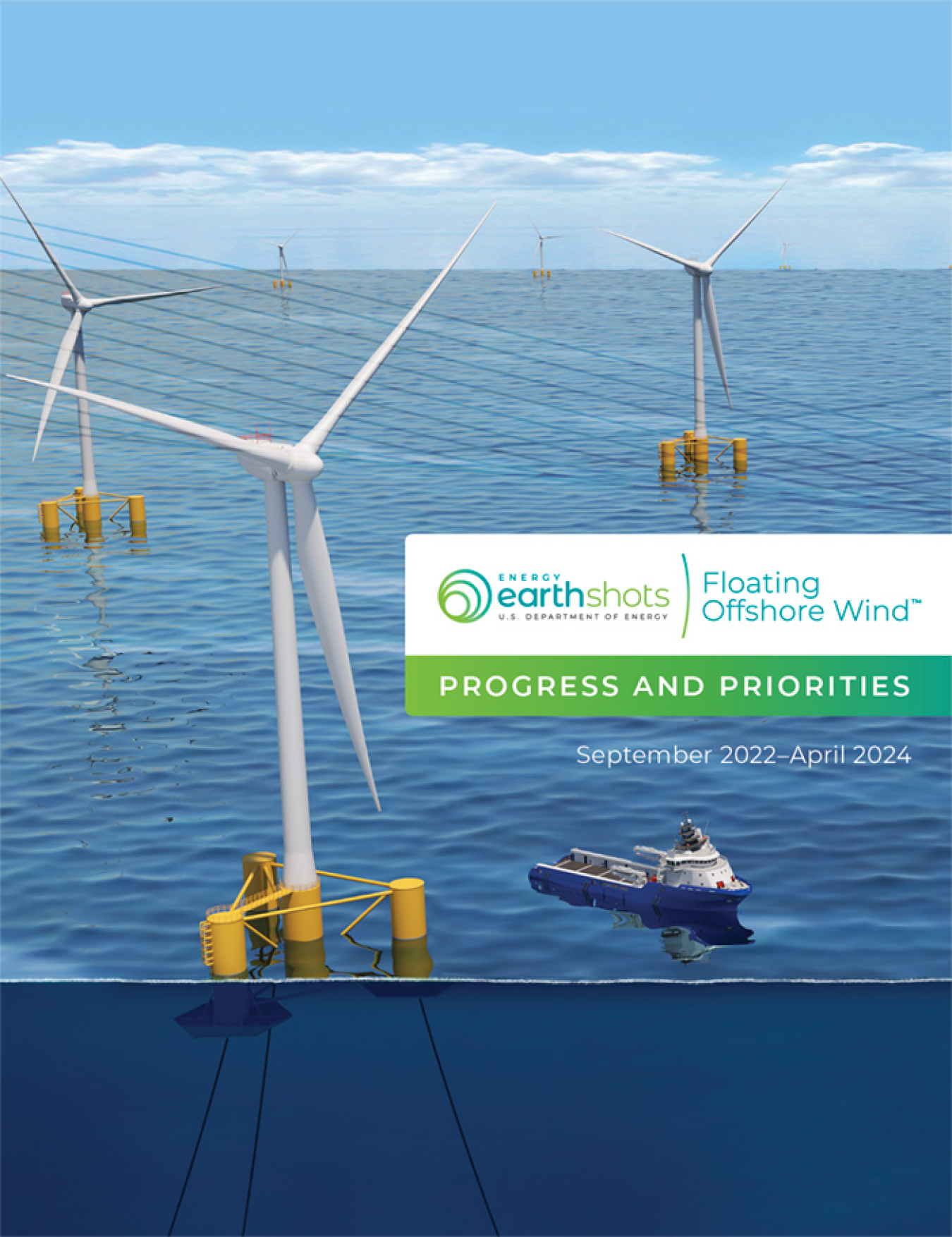The Floating Offshore Wind Shot™ was an interagency research effort led by the U.S. departments of Energy (DOE), the Interior (DOI), Commerce, and Transportation (DOT) that explored floating offshore wind turbine design, development, and manufacturing in the United States.
Program Highlights
Between September 2022 and May 2024, DOE, DOI, and DOT dedicated over $950 million to advance the Floating Offshore Wind Shot.
This support included planning, leasing actions, research, development, demonstration, and deployment efforts through mechanisms such as direct federal funding, associated cost share, and lease-related bidding credits.
On May 16, 2024, DOE released the Progress and Priorities report, documenting over 50 milestones achieved to advance the Floating Offshore Wind Shot. The accomplishments below highlight a few of the most impactful programs, projects, and achievements.
Featured Accomplishments
In April 2024, the ATLANTIS program from DOE’s Advanced Research Projects Agency – Energy announced $38 million in additional funding to six projects to develop floating offshore wind designs.
In 2022, DOE launched the three-phase, $6.85 million in funding for the FLOWIN prize , an effort aimed at developing the domestic supply chain for floating offshore wind energy.
DOE invested over $18 million to support high-voltage, direct current voltage source converter systems and standards, controls, and curricula, announced September 2023.
In January 2024, DOT announced a $426.7 million award to establish the first offshore wind terminal on the Pacific Coast funded by the Infrastructure For Rebuilding America program.
DOE’s Hydrogen and Fuel Cell Technologies Office, starting in August 2022, fundedresearch to model and analyze the levelized cost of hydrogen for de-centralized offshore-wind-to-hydrogen systems and evaluate performance.
DOI’s Bureau of Ocean Energy Management held the first floating offshore wind lease auction off the coast of California in December 2022 and released the final wind energy lease areas off the coast of Oregon in February 2024 and in the Gulf of Maine in March 2024.
The program, supported by DOE’s Wind Energy Technologies Office and the National Oceanic and Atmospheric Administration, was expanded to Washington, Oregon, and California to ensure continued discussion with communities related to floating offshore wind energy.
A report was published in September 2023 by DOE’s National Renewable Energy Laboratory to inform convening and collaboration opportunities to advance ports to support floating offshore wind on the West Coast.
The DOE’s Pacific Northwest National Laboratory initiative convened local stakeholders to discuss the West Coast’s key transmission needs relating to the build-out of floating offshore wind energy.
In 2023, DOE-funded projects on the West Coast began data collection to support monitoring of bird, bat, and marine mammal presence in potential energy development areas. Additional studies aimed to develop autonomous monitoring systems for marine organisms and the seabed.
Near-Term Priorities
Building on the Advancing Offshore Wind Energy in the United States strategy and stakeholder feedback, the Floating Offshore Wind Shot partner agencies identified the following priorities in 2024:
Cost Reductions
Advance research of resource assessment, floating system designs and modeling, manufacturing techniques, and operations and maintenance systems.
Supply Chain Development
Identify gaps and solutions to inform decision making and develop robust, regional supply chains, while mobilizing critical funding through federal programs and lease bidding credits.
Transmission Development
Complete in-depth offshore wind transmission studies; improve planning tools and models to support the development of strategic and equitable offshore transmission; and advance critical offshore high-voltage direct current transmission components.
Co-Generation Opportunities
Conduct techno-economic analyses for floating offshore with hydrogen generation and energy storage options, and develop effective reference designs and demonstrations.
Floating Offshore Wind Energy News
-
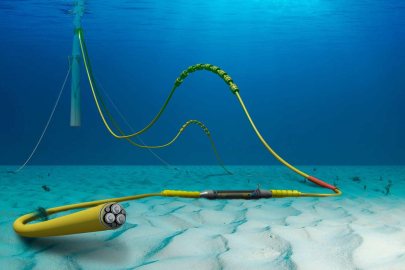 The U.S. Department of Energy (DOE) has released the West Coast Offshore Wind Transmission Study and Action Plan for Offshore Wind Transmission Development in the U.S. West Coast Region.
The U.S. Department of Energy (DOE) has released the West Coast Offshore Wind Transmission Study and Action Plan for Offshore Wind Transmission Development in the U.S. West Coast Region. -
 The September/October issue of the Institute of Electrical and Electronics Engineers (IEEE) Power & Energy Magazine, guest edited by WETO’s own Jian Fu, and Shahil Shah from the National Renewable Energy Laboratory (NREL) focuses on offshore transmission.
The September/October issue of the Institute of Electrical and Electronics Engineers (IEEE) Power & Energy Magazine, guest edited by WETO’s own Jian Fu, and Shahil Shah from the National Renewable Energy Laboratory (NREL) focuses on offshore transmission. -
 $16. 9 million funding available for offshore wind and marine energy research and development.
$16. 9 million funding available for offshore wind and marine energy research and development. -
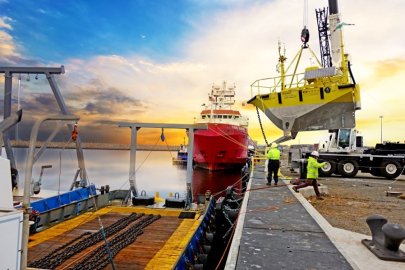 Since its inception in 2014, the Lidar Buoy Program has been instrumental in gathering key data to advance the offshore wind energy industry.
Since its inception in 2014, the Lidar Buoy Program has been instrumental in gathering key data to advance the offshore wind energy industry. -
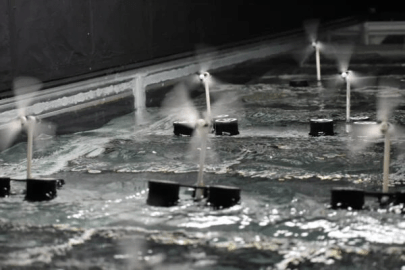 WETO and the National Science Foundation Award Funding to Accelerate Floating Offshore Wind ResearchJohns Hopkins University and Portland State University received funding from the National Science Foundation and WETO on a project that will help unlock the vast potential of floating offshore wind farms in the United States.
WETO and the National Science Foundation Award Funding to Accelerate Floating Offshore Wind ResearchJohns Hopkins University and Portland State University received funding from the National Science Foundation and WETO on a project that will help unlock the vast potential of floating offshore wind farms in the United States. -
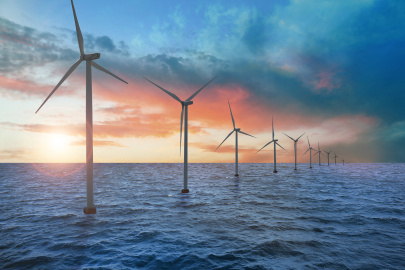 $10.6 million funding opportunity focused on addressing near-term challenges in U.S. Offshore Wind Sector to accelerate U.S. floating offshore wind.
$10.6 million funding opportunity focused on addressing near-term challenges in U.S. Offshore Wind Sector to accelerate U.S. floating offshore wind. -
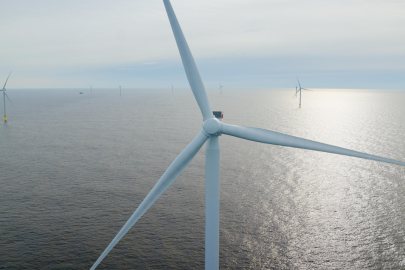 Nearly $50 million funding available for projects that address several major areas of need for offshore wind.
Nearly $50 million funding available for projects that address several major areas of need for offshore wind. -
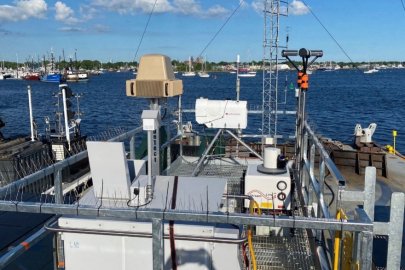 DOE is collaborating on an 18-month initiative to gather extensive weather, ocean, and wildlife data near the sites of active offshore wind farms and lease areas off the coast of the Northeast United States.
DOE is collaborating on an 18-month initiative to gather extensive weather, ocean, and wildlife data near the sites of active offshore wind farms and lease areas off the coast of the Northeast United States. -
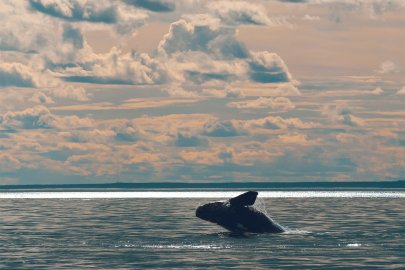 The Wind Energy Technologies Office is exploring the relationship between wildlife and wind turbines.
The Wind Energy Technologies Office is exploring the relationship between wildlife and wind turbines. -
 WETO released a roadmap assessing current practices, and future challenges and needs for operating and maintaining U.S. offshore wind farms, as well as specific recommendations for technology innovations that could help address the identified needs and gaps.
WETO released a roadmap assessing current practices, and future challenges and needs for operating and maintaining U.S. offshore wind farms, as well as specific recommendations for technology innovations that could help address the identified needs and gaps.
Subscribe to EERE's newsletter.
Subscribe to WETO's newsletter.


